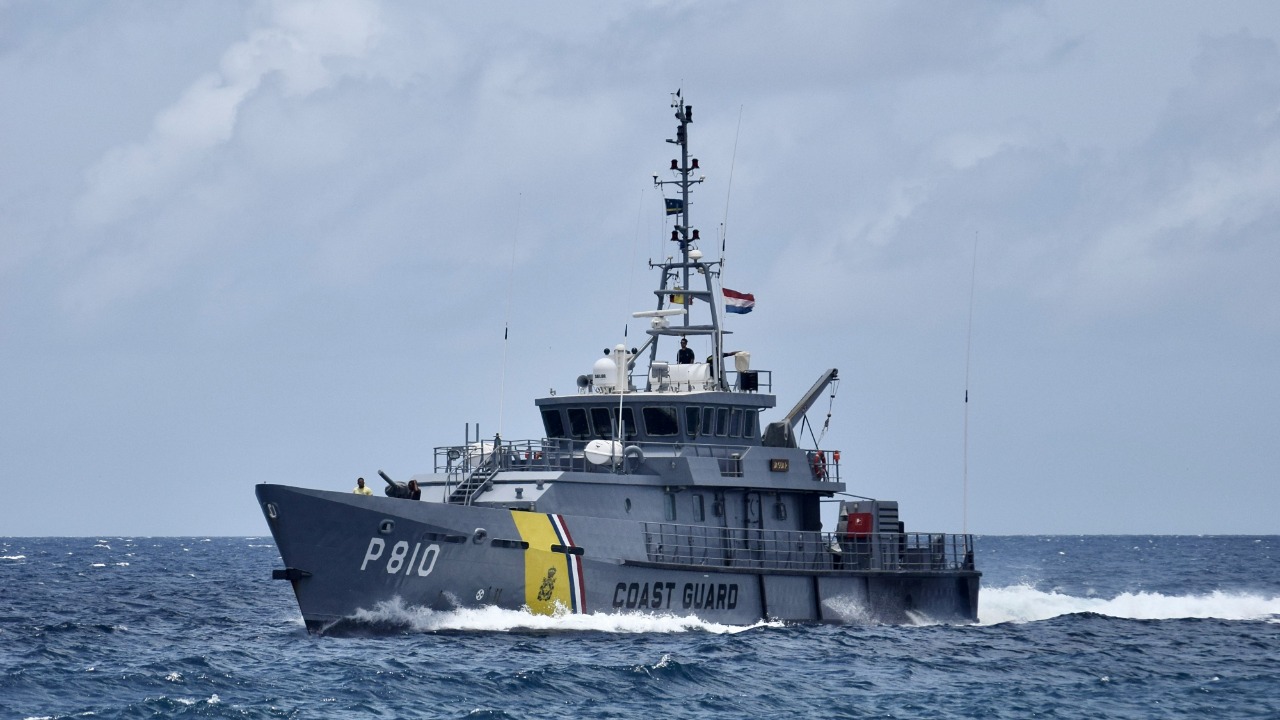
Naval sonar technology has come a long way since its inception, with innovative advancements enhancing detection capabilities and operational efficiency. As maritime challenges evolve, so do the tools designed to meet them. Here are six pivotal innovations in sonar technology that are shaping the future of naval operations.
Advanced Signal Processing Techniques
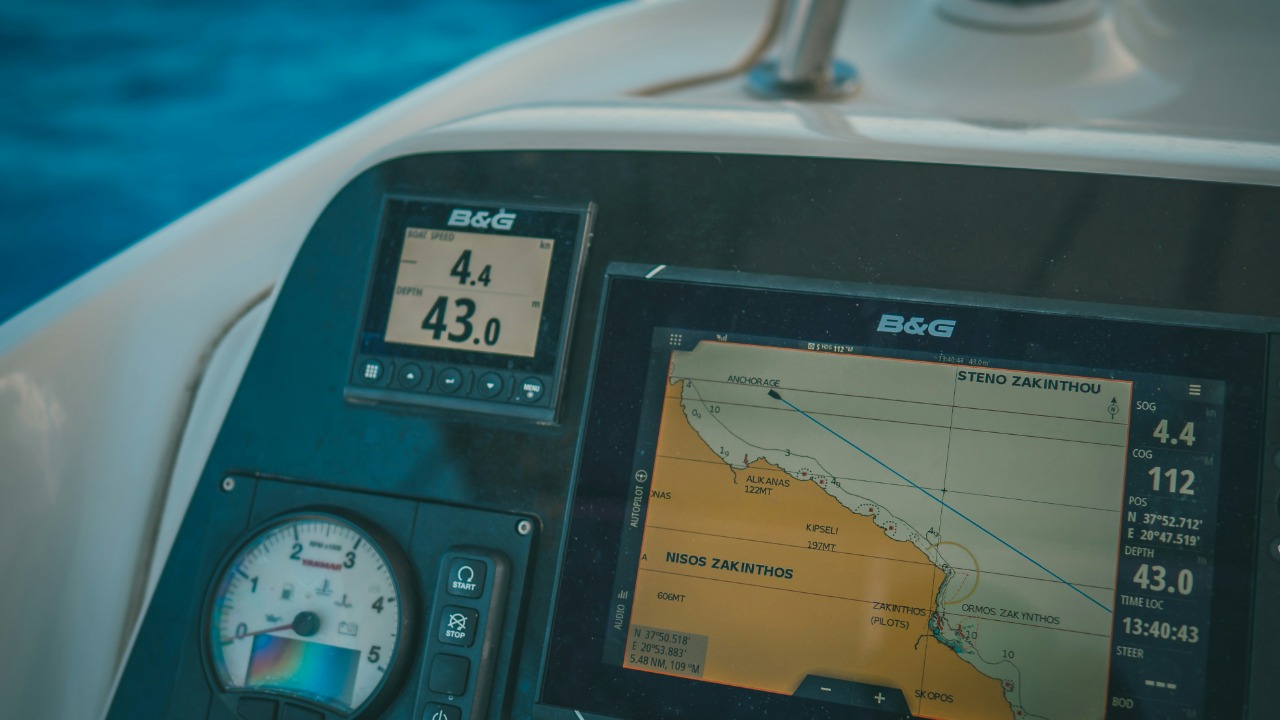
One of the core advancements in sonar technology is the adoption of advanced signal processing techniques. These methods enable more precise identification and characterization of objects underwater by filtering out noise and enhancing the clarity of sound waves. Through sophisticated algorithms, the Navy can differentiate between objects of interest and irrelevant background noise, which significantly improves the accuracy of sonar readings.
High-resolution imaging and target detection have been enhanced through these signal processing innovations. By integrating machine learning and artificial intelligence, sonar systems can now adapt in real-time to changing underwater environments, boosting operational capabilities and decision-making processes.
Low-Frequency Active Sonar Systems
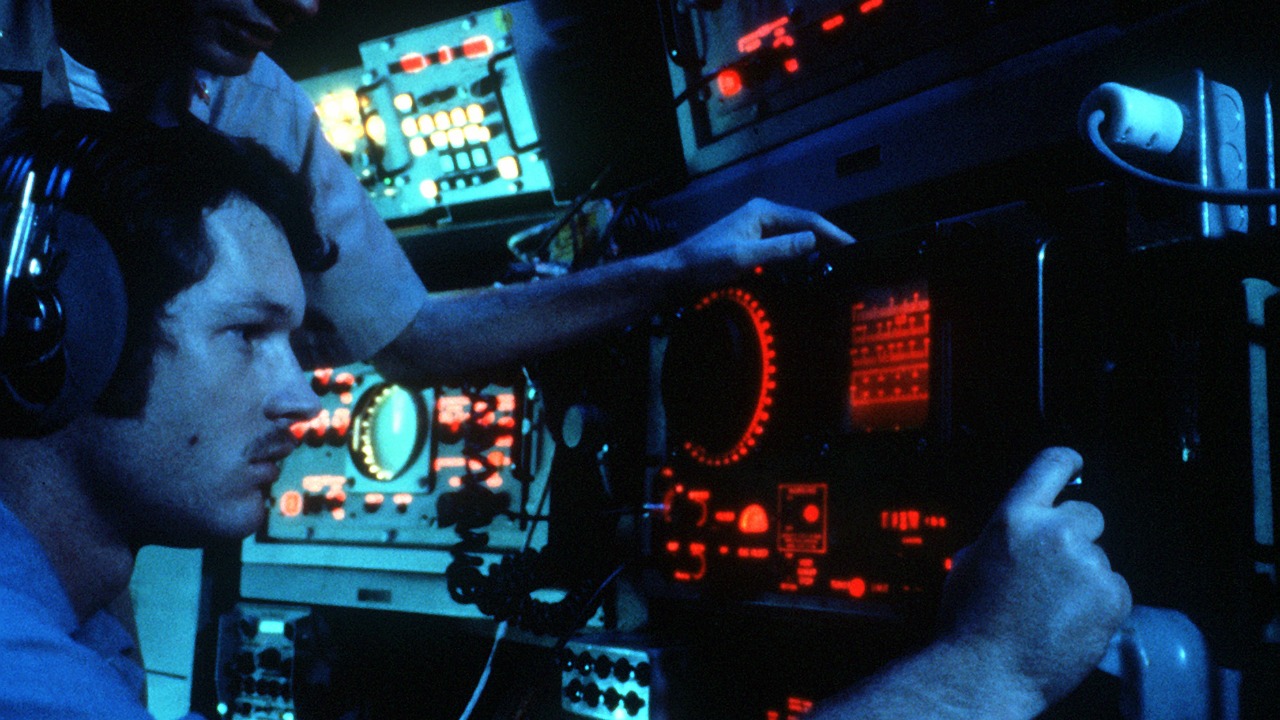
Low-frequency active sonar systems have become a game-changer in detecting submarines and other underwater threats at greater distances. These systems operate by emitting low-frequency sound waves, which travel farther in water than their high-frequency counterparts. This advancement is particularly effective in countering stealth technologies employed by adversaries.
Recently, the U.S. Navy has been focusing on augmenting its fleet with these systems to bolster its maritime defense posture. As a result, the detection of quieter and more advanced submarine designs has become more feasible, providing a strategic edge in naval operations.
Synthetic Aperture Sonar Technology

Synthetic aperture sonar (SAS) technology stands out for its ability to produce high-resolution images of the seafloor. By utilizing a moving platform to collect data, SAS systems can create detailed images through the synthesis of multiple acoustic pings. This capability is invaluable for mine detection, underwater archaeology, and environmental monitoring.
One notable application of SAS technology is its use in autonomous underwater vehicles (AUVs), which allows for remote and efficient seabed mapping. The increased resolution offered by SAS enhances the Navy’s ability to conduct detailed surveys and recognize underwater objects with precision.
Multistatic Sonar Configurations

Multistatic sonar configurations involve multiple sonar sources and receivers working together to detect objects. This setup allows for improved target localization and tracking, as the spatial diversity of the sonar elements reduces the likelihood of detection evasion by submarines.
By employing multistatic sonar, navies can conduct more effective anti-submarine warfare operations. The configuration’s ability to triangulate positions with greater accuracy provides a tactical advantage, allowing for coordinated responses to potential threats in vast oceanic spaces.
Autonomous Underwater Vehicles (AUVs) Integration
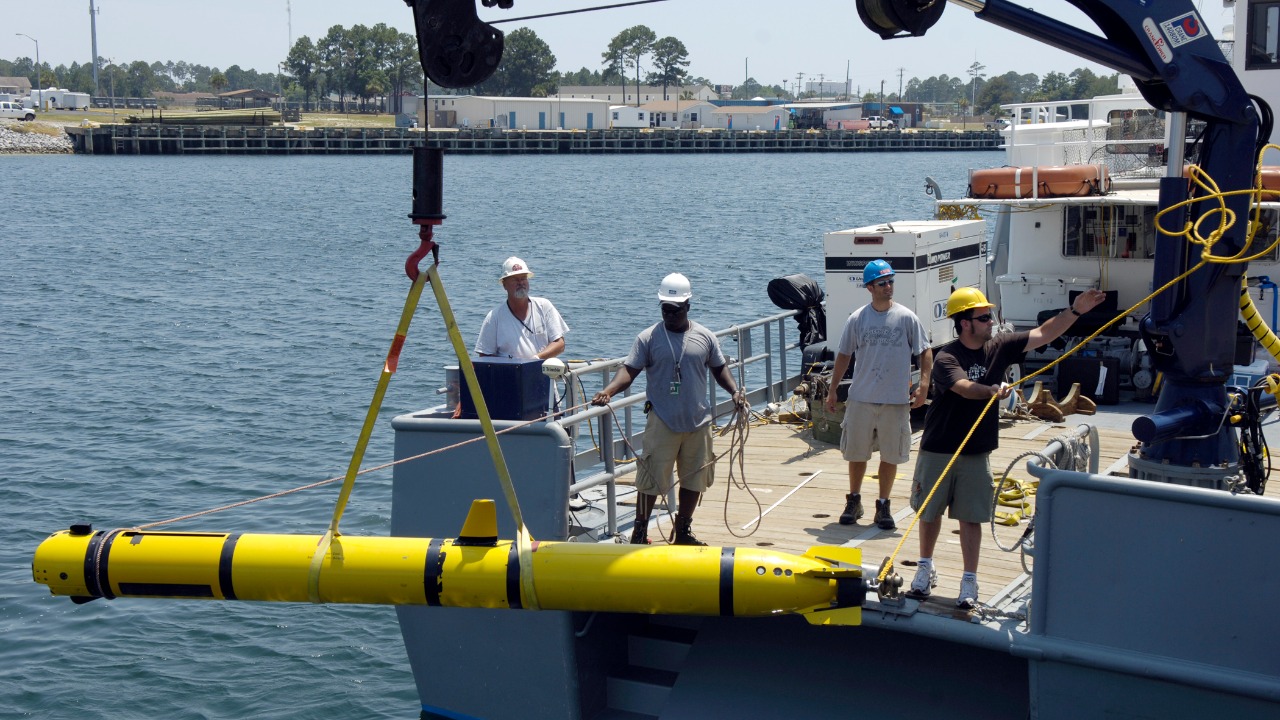
The integration of autonomous underwater vehicles (AUVs) with sonar systems has revolutionized naval operations. These vehicles can operate independently, covering large areas of the ocean for reconnaissance, surveillance, and mapping missions. AUVs equipped with advanced sonar systems offer enhanced detection capabilities that surpass traditional methods.
For instance, the recent contract awarded to Northrop Grumman highlights the growing importance of AUVs in modern naval strategy. By deploying these autonomous platforms, the Navy can maintain a persistent underwater presence while minimizing risks to personnel.
Enhanced Acoustic Material Development
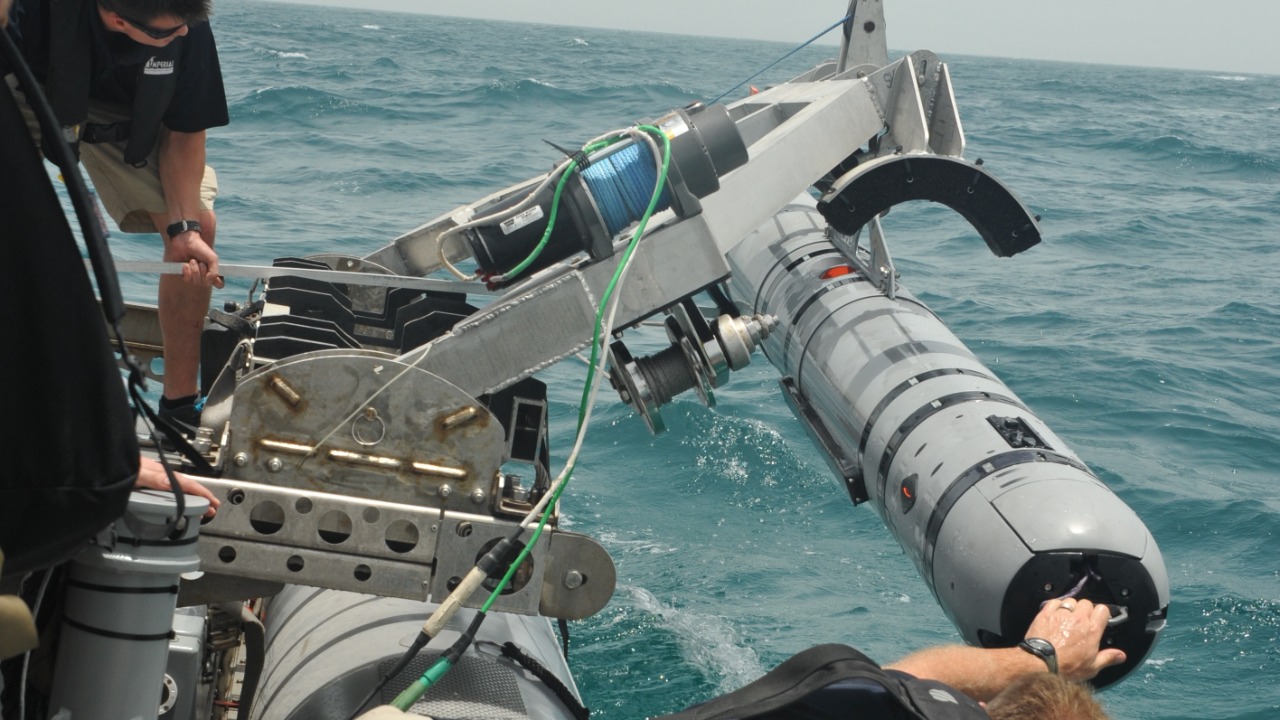
Acoustic materials play a critical role in the effectiveness of sonar systems. Recent developments in this area focus on materials that can both absorb and emit sound more efficiently. These enhancements improve sonar performance by reducing self-noise and increasing the sensitivity of sonar arrays.
Innovations in this field are crucial for maintaining an edge in underwater detection capabilities. As nations like China invest in advanced underwater infrastructure, such as submerged data centers, the development of superior acoustic materials ensures that naval forces can effectively monitor and respond to undersea activities.